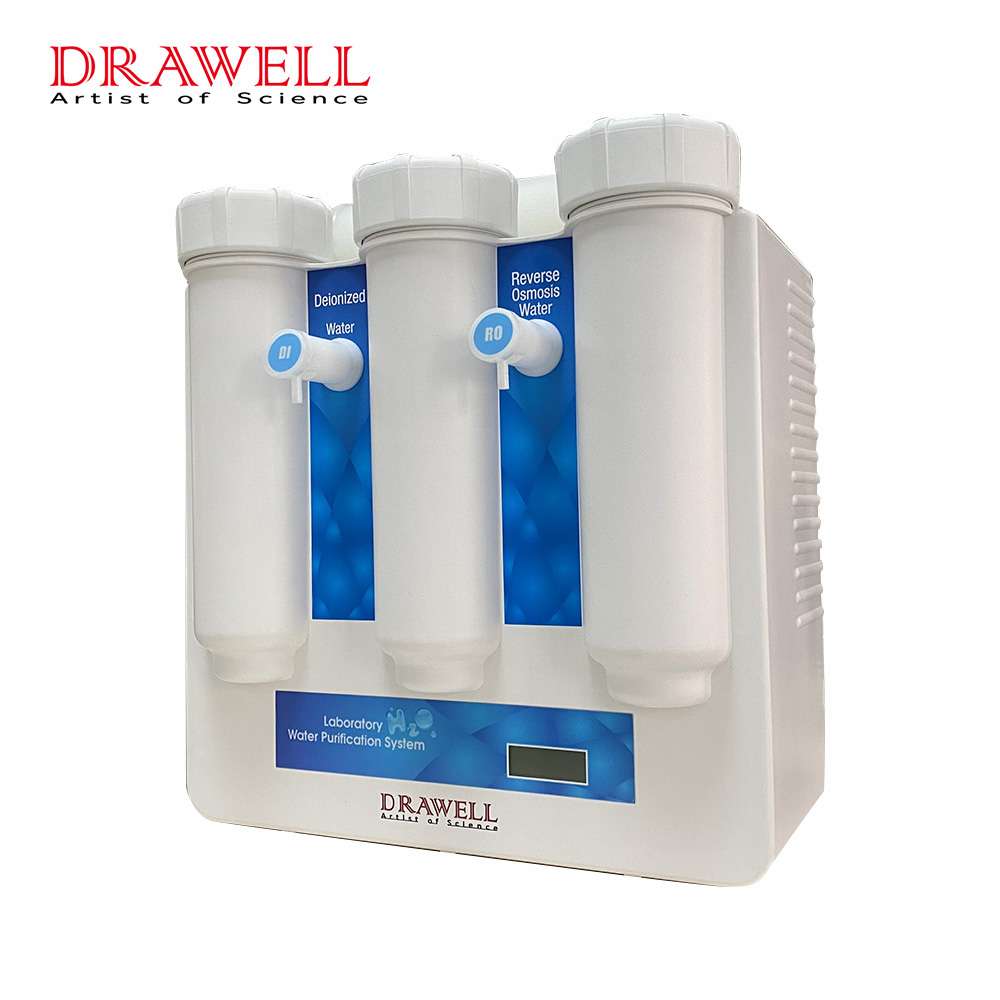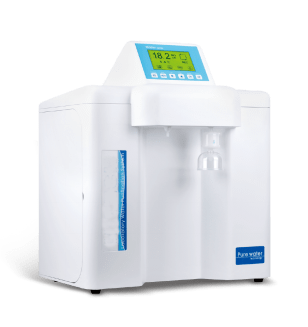Reverse osmosis water purification systems are advanced technologies designed to produce clean, safe drinking water by effectively removing contaminants and impurities. These water purification systems are widely used across residential, commercial, and industrial applications due to their efficiency and reliability. This article delves into the fundamentals, key components, benefits, and recent advancements in RO water purification systems.
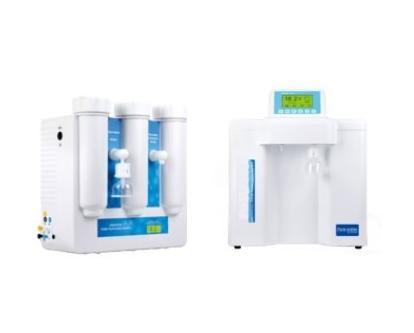
Principles of Reverse Osmosis Water Purification System
RO water purification systems adopt reverse osmosis technology which is a water purification process that utilizes a semi-permeable membrane to remove dissolved solids, contaminants, and impurities from water. The principle behind reverse osmosis process involves applying pressure to force water through a membrane with tiny pores that only allow water molecules to pass while blocking larger particles such as salts, bacteria, and organic compounds.
Comparing Osmosis and Reverse Osmosis
This chart illustrates the fundamental differences and similarities between osmosis and reverse osmosis, highlighting their distinct purposes and mechanism
| Aspect | Osmosis | Reverse Osmosis |
| Definition | The natural movement of solvent molecules through a semipermeable membrane from an area of lower solute concentration to an area of higher solute concentration. | The process of applying pressure to force solvent molecules through a semipermeable membrane from an area of higher solute concentration to an area of lower solute concentration. |
| Direction of Flow | From low solute concentration to high solute concentration. | From high solute concentration to low solute concentration. |
| Membrane | Utilizes a semipermeable membrane that allows solvent molecules to pass but blocks solute molecules. | Utilizes a semipermeable membrane that blocks solute molecules and allows solvent molecules to pass. |
| Pressure Required | No external pressure is required; the process relies on osmotic pressure. | Requires external pressure to overcome osmotic pressure and drive the process. |
| Purpose | To equalize solute concentrations on both sides of the membrane. | To purify water by removing dissolved salts, contaminants, and impurities. |
| Applications | Biological processes (e.g., water absorption in plants, cell osmosis) and industrial processes (e.g., desalination). | Water purification, desalination, and producing high-purity water for industrial, medical, and drinking purposes. |
| Concentration Gradient | Moves solute from lower to higher concentration. | Moves solute from higher to lower concentration. |
| Natural vs. Engineered | Natural biological process. | Engineered process designed for specific applications such as water purification. |
| Outcome | Equal solute concentrations across the membrane, achieving equilibrium. | Pure solvent (e.g., fresh water) separated from concentrated solute and contaminants. |
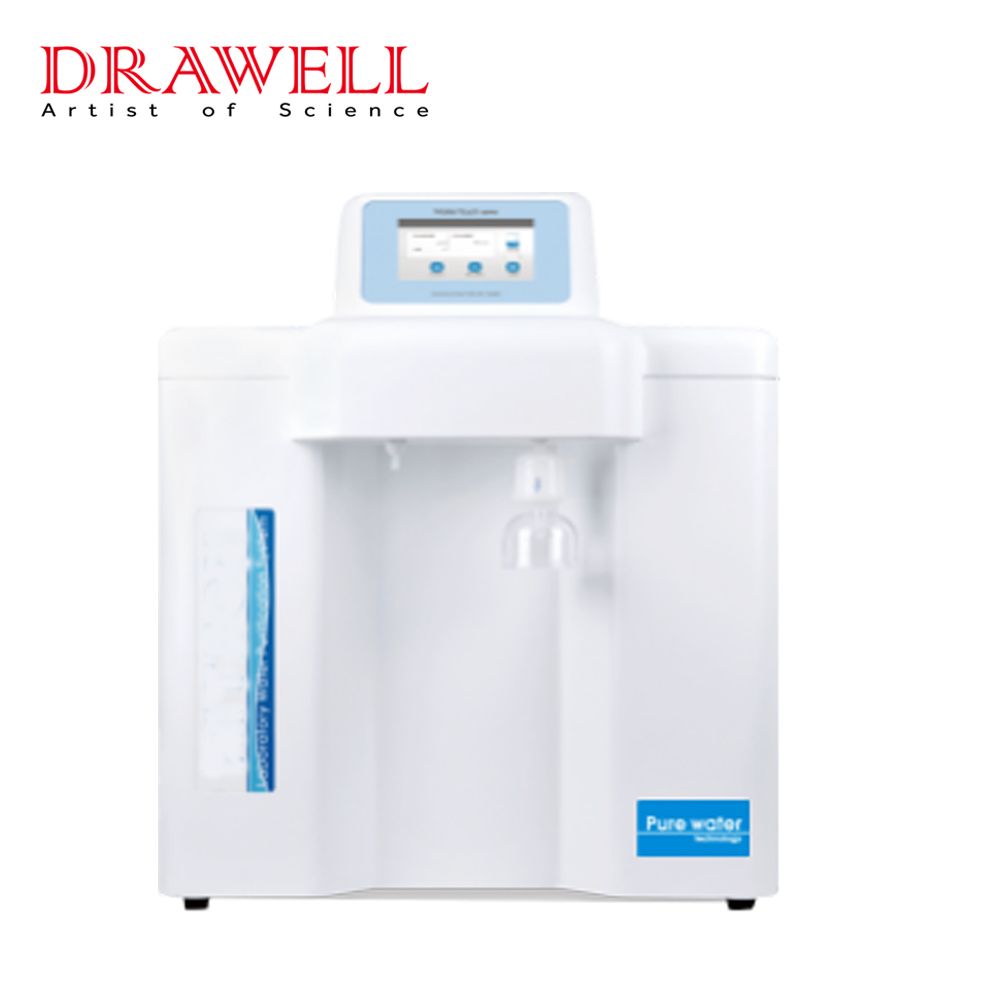
Key Components of Reverse Osmosis Water Purification Systems
This chart provides a snapshot of the essential components in a reverse osmosis water purification system and their functions.
| Component | Description | Function |
| 1. Pre-Filters | Includes sediment filters and activated carbon filters. | Remove large particles, chlorine, and other impurities before water reaches the RO membrane. |
| 2. Reverse Osmosis Membrane | Thin-film composite (TFC) or other advanced membrane materials. | Performs the main filtration process by removing dissolved salts, organic compounds, and other contaminants. |
| 3. High-Pressure Pump | A pump that provides the necessary pressure to force water through the RO membrane. | Increases water pressure to facilitate the filtration process. |
| 4. Flow Restrictor | A device that controls the flow rate of the water and maintains pressure within the RO system. | Ensures optimal pressure across the membrane for effective filtration and manages water waste. |
| 5. Storage Tank | A tank that stores the purified water for immediate use. | Provides a reserve of purified water and allows for a steady supply. |
| 6. Post-Filters | Often includes a carbon filter or remineralization filter. | Further refines the water taste and quality, and may add beneficial minerals. |
| 7. Drain Line | A pipe that carries away the wastewater and contaminants rejected by the RO membrane. | Removes waste products from the system to prevent clogging and maintain system efficiency. |
| 8. Control Valve | A valve that regulates the flow of water and ensures the system operates correctly. | Manages the operation of the system and maintains optimal conditions. |
| 9. Pressure Gauge | A gauge that monitors the pressure levels within the RO system. | Provides feedback on system performance and helps detect issues. |
| 10. Flow Meter | Measures the flow rate of the water through the system. | Monitors water production and ensures system efficiency. |
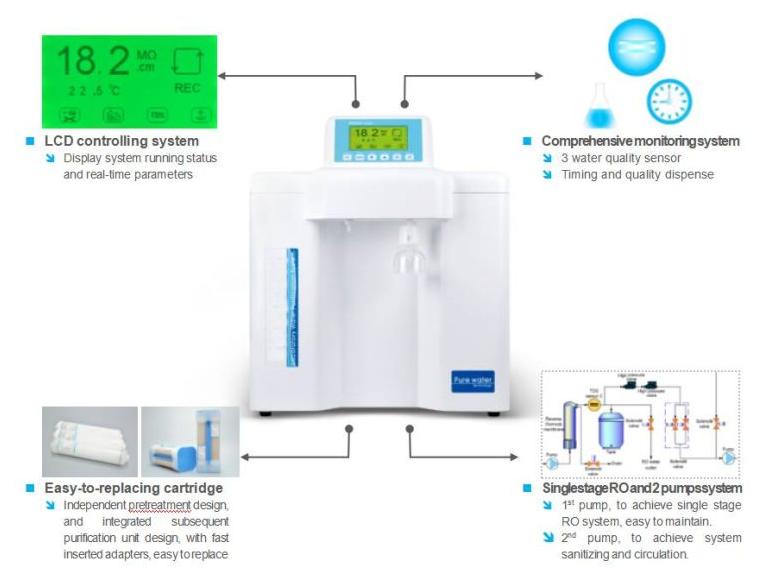
Benefits of Reverse Osmosis Water Purification Systems
- High Contaminant Removal: Reverse water purification osmosis systems are effective at removing a broad spectrum of contaminants, including dissolved salts, heavy metals, microorganisms, and organic compounds, ensuring high-quality drinking water.
- Enhanced Taste and Odor: By eliminating impurities, reverse osmosis water purification systems improve the taste and odor of water, making it more palatable.
- Health Benefits: Reverse osmosis systems provide safe drinking water free from harmful contaminants, reducing the risk of waterborne diseases and promoting overall health.
- Cost-Effectiveness: While the initial investment may be significant, reverse osmosis systems offer long-term savings by reducing the need for bottled water and minimizing maintenance costs.
- Environmental Impact: Reverse osmosis systems help reduce plastic waste by eliminating the need for bottled water, contributing to environmental sustainability.
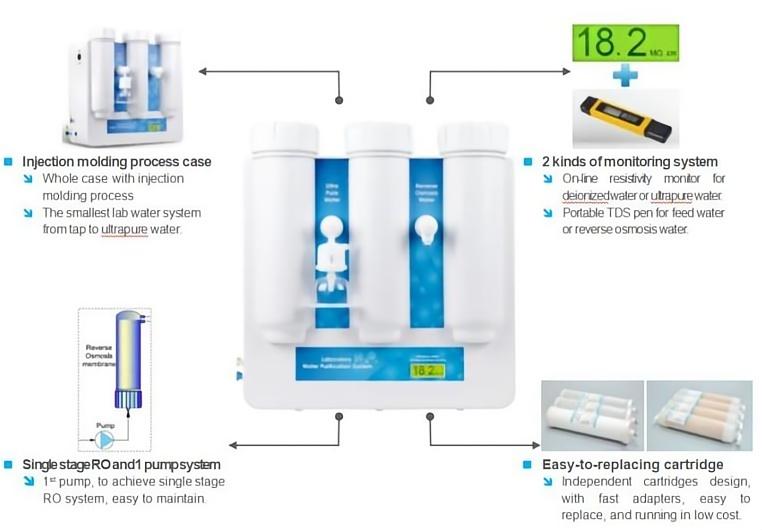
Advancements in Reverse Osmosis Water Purification Systems
Reverse osmosis (RO) water purification systems have undergone significant advancements in recent years, driven by innovations in technology and materials. These improvements aim to enhance performance, efficiency, and convenience while addressing various water quality challenges.
1. Improved Membrane Technology
- High-Rejection Membranes: New membrane materials, such as advanced thin-film composite (TFC) membranes, offer higher rejection rates for contaminants, including salts, heavy metals, and organic compounds. This results in purer water and increased efficiency.
- High-Flux Membranes: Innovations in membrane design have led to high-flux membranes that allow for higher flow rates without compromising filtration performance, reducing the time required for purification and improving overall system efficiency.
- Anti-Fouling Membranes: Enhanced membranes are now available with anti-fouling properties, which reduce the buildup of scale, biofilms, and other deposits that can degrade membrane performance and longevity.
2. Energy-Efficient Technologies
- Energy Recovery Devices: Systems incorporating energy recovery devices, such as pressure exchangers and energy recovery turbines, significantly reduce energy consumption by recapturing and reusing energy from the high-pressure reject stream.
- Low-Energy RO Systems: Developments in low-energy RO systems use innovative pump and membrane technologies to lower energy requirements while maintaining high water quality.
3. Compact and Integrated Designs
- Slimline and Modular Units: Advances in design have led to more compact and modular water purification systems that are easier to install and maintain. These units are ideal for residential and commercial applications where space is limited.
- Integrated Systems: Modern reverse osmosis water purification systems often integrate additional filtration stages, such as ultraviolet (UV) and activated carbon filters, into a single compact unit, providing comprehensive water treatment in a streamlined design.
4. Enhanced Monitoring and Control
- Smart Technology: Integration of smart sensors and IoT technology allows for real-time monitoring of water quality, system performance, and maintenance needs. Users can receive alerts and diagnostic information through smartphone apps or web interfaces.
- Automated Maintenance: Advanced smart reverse osmosis water purification systems feature automated cleaning cycles and filter replacement reminders, reducing the need for manual intervention and ensuring consistent performance.
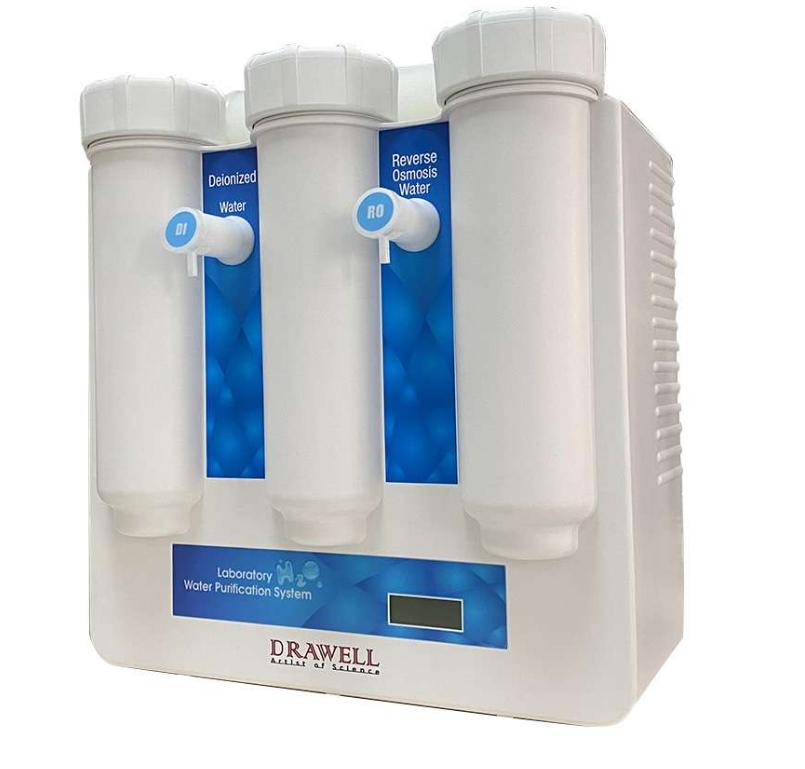
5. Advanced Pre- and Post-Filtration
- Enhanced Pre-Filtration: New pre-filtration technologies, such as high-capacity sediment filters and advanced carbon blocks, improve the removal of particulate matter, chlorine, and other contaminants before water reaches the RO membrane.
- Post-Filtration Upgrades: Improvements in post-filtration, including specialized polishing filters and mineralization stages, enhance the taste and quality of the purified water, often by adding beneficial minerals or further refining the water.
6. High-Performance Pumping Systems
- Variable-Speed Pumps: Advances in variable-speed pump technology offer better control over water pressure and flow rates, optimizing system performance and reducing energy consumption.
- Durable Pump Materials: New materials and designs improve the durability and reliability of pumps, extending the lifespan of the system and reducing maintenance requirements.
7. Environmental Considerations
- Water Conservation: Innovations in membrane technology and system design focus on reducing water waste, with improved recovery rates and more efficient use of water during the purification process.
- Sustainable Materials: Development of eco-friendly and recyclable materials for system components helps minimize environmental impact and supports sustainability efforts.
Overall, reverse osmosis water purification systems are essential for providing clean, safe drinking water by effectively removing contaminants and impurities. With advanced membrane technology and ongoing innovations, RO water purification systems continue to evolve, offering improved efficiency, performance, and sustainability.

